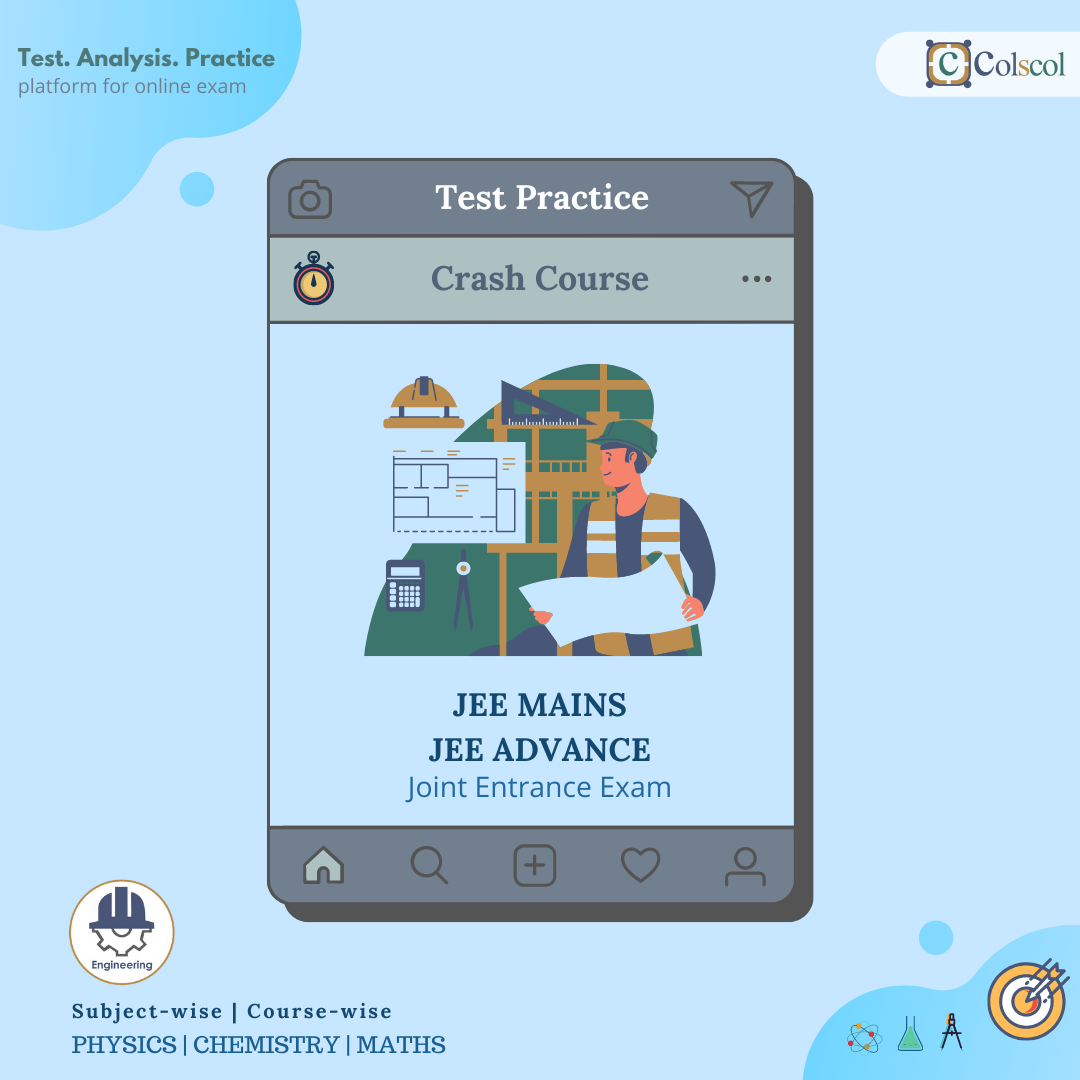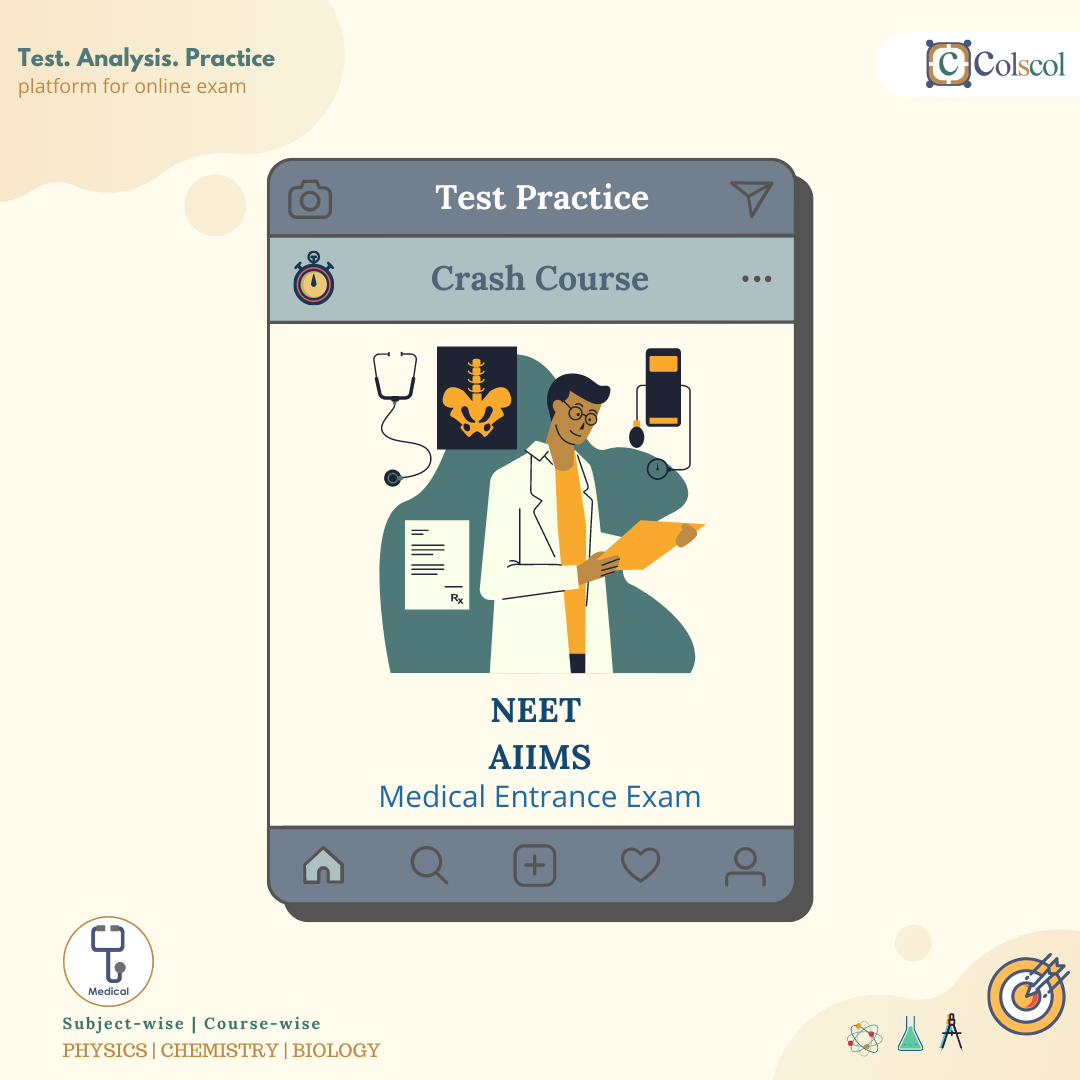
Student having trouble finding solutions to difficult math problem can refer to the CBSE Class 10 Maths Syllabus and NCERT maths solutions pdf’s which we also provide. Students just need to cover these NCERT books and solve the questions and exercises given in each chapter. Students can be assured of positive results. CBSE Class 10 Maths Syllabus and NCERT textbooks can be very helpful for students in achieving maximum marks in their examinations.
Some of the topics Covered include :
TOPICS
- Real Numbers
- Polynomials
- Pair of Linear Equation in Two Variables
- Quadratic Equations
- Arithmetic Progressions
- Triangles
- Coordinate Geometry
- Introduction to Trigonometry
- Some Applications of Trigonometry
- Circles
- Constructions
- Area related to circles
- Surface area and volumes
- Statistics
- Probability
1.A. Euclid’s division Lemma
1.B. The Fundamental theorem of arithmetic
1.C. Revisiting irrational numbers
1.D. Revisiting rational numbers and their decimal expansion
2.A. Geometrical meaning of zeroes of polynomial
2.B. Relationship between zeroes and coefficients of polynomial
2.C. Division algorithms for polynomial
2.B. Relationship between zeroes and coefficients of polynomial
2.C. Division algorithms for polynomial
3.A. Pair of linear equation in two variables
3.B. Algebraic method of solving pair of linear equation- substitution method
3.C. Algebraic method of solving pair of linear equation- elimination method
3.D. Algebraic method of solving pair of linear equation- cross multiplication
method
3.E. Equation reducible to pair of linear equation in two variables
3.B. Algebraic method of solving pair of linear equation- substitution method
3.C. Algebraic method of solving pair of linear equation- elimination method
3.D. Algebraic method of solving pair of linear equation- cross multiplication
method
3.E. Equation reducible to pair of linear equation in two variables
4.A. Quadratic Equations
4.B. Solution of quadratic equation by factorization
4.C. Solution of quadratic equation by completing the square
4.D. Nature of roots
4.B. Solution of quadratic equation by factorization
4.C. Solution of quadratic equation by completing the square
4.D. Nature of roots
5.A. Introduction
5.B. Arithmetic progressions
5.C. Sum of first n terms of an AP
5.B. Arithmetic progressions
5.C. Sum of first n terms of an AP
6.A. Similar figures
6.B. Similarity of triangles: (Prove) If a line is drawn parallel to one side
of a triangle to intersect the other two sides in distinct points,the other two sides are divided in the same ratio
6.C. (Motivate) If a line divides two sides of a triangle in the same ratio,
the line is parallel to the third side
6.D. Basic Proportionality Theorem
6.E. Criteria for similarity of triangles
6.F. Area of similar triangles
6.G. Pythagoras theorem
6.H. Converse of Pythagoras theorem
6.B. Similarity of triangles: (Prove) If a line is drawn parallel to one side
of a triangle to intersect the other two sides in distinct points,the other two sides are divided in the same ratio
6.C. (Motivate) If a line divides two sides of a triangle in the same ratio,
the line is parallel to the third side
6.D. Basic Proportionality Theorem
6.E. Criteria for similarity of triangles
6.F. Area of similar triangles
6.G. Pythagoras theorem
6.H. Converse of Pythagoras theorem
7.A. Distance formula
7.B. Section formula
7.C. Area of triangle
7.B. Section formula
7.C. Area of triangle
8.A. Trigonometry: Introduction
8.B. Trigonometric ratios of some specific angles
8.C. Trigonometric ratios of complementary angles
8.D. Trigonometric identities
8.B. Trigonometric ratios of some specific angles
8.C. Trigonometric ratios of complementary angles
8.D. Trigonometric identities
9.A. Heights and distances
10.A. Tangent to a circle
10.B. Number of tangent from a point to a circle
10.B. Number of tangent from a point to a circle
11.A. Division of a line segment
11.B. Construction of triangle similar to given triangle
11.C. Construction of tangents to a circle
11.B. Construction of triangle similar to given triangle
11.C. Construction of tangents to a circle
12.A. Perimeter and area of a circle
12.B. Area of sector and segment of a circle
12.C. Area of segment of a circle
12.D. Problems on Area and Perimeter
12.B. Area of sector and segment of a circle
12.C. Area of segment of a circle
12.D. Problems on Area and Perimeter
13.A. Volume of a combination of solids
13.B. Conversion of one solid shape into another
13.C. Frustum of cone
13.B. Conversion of one solid shape into another
13.C. Frustum of cone
14.A. Mean of grouped data
14.B. Mode of grouped data
14.C. Median of grouped data
14.D. Graphical representation of cumulative frequency distribution
14.B. Mode of grouped data
14.C. Median of grouped data
14.D. Graphical representation of cumulative frequency distribution
15.A. Introduction
15.B. Probability- a theoretical approach
15.B. Probability- a theoretical approach



